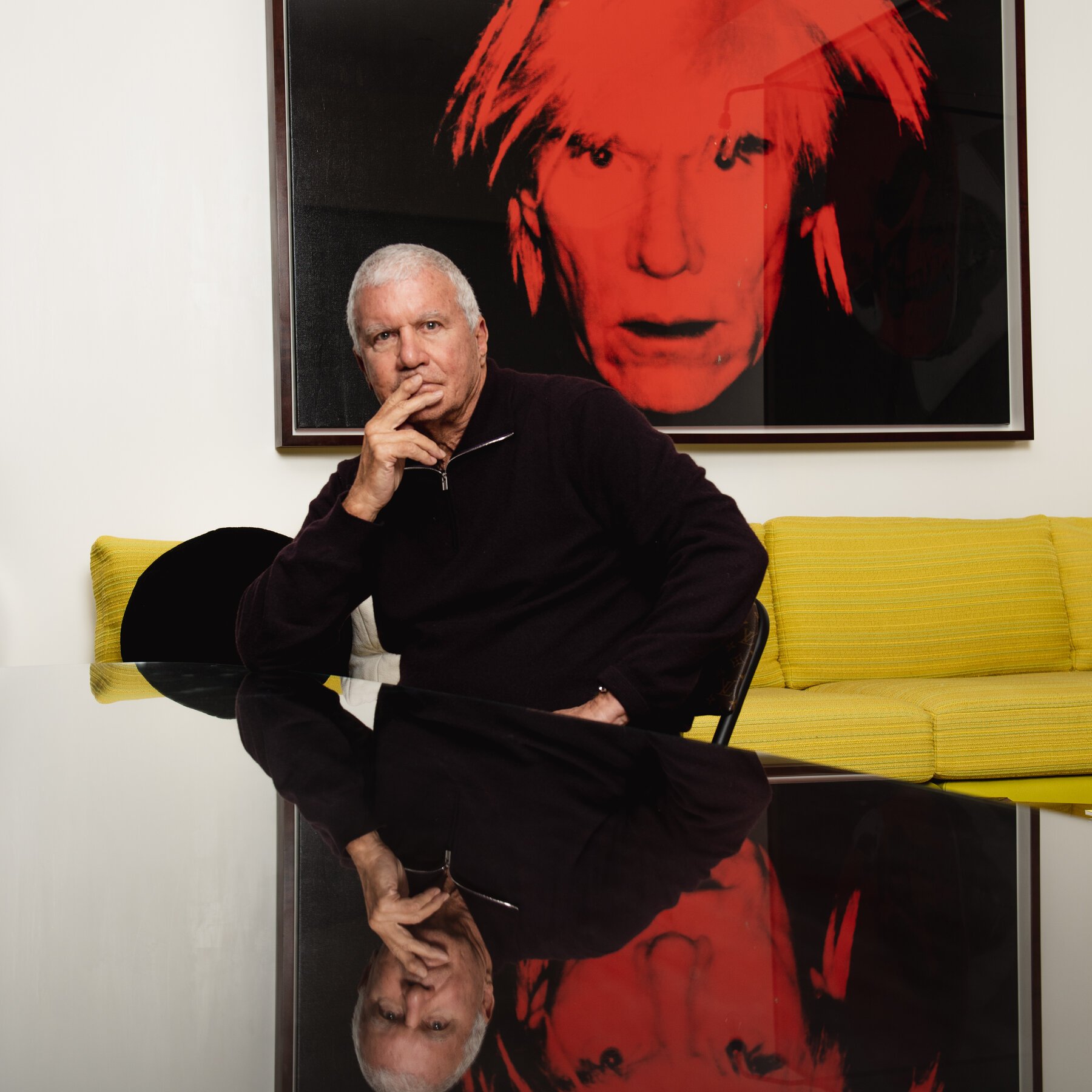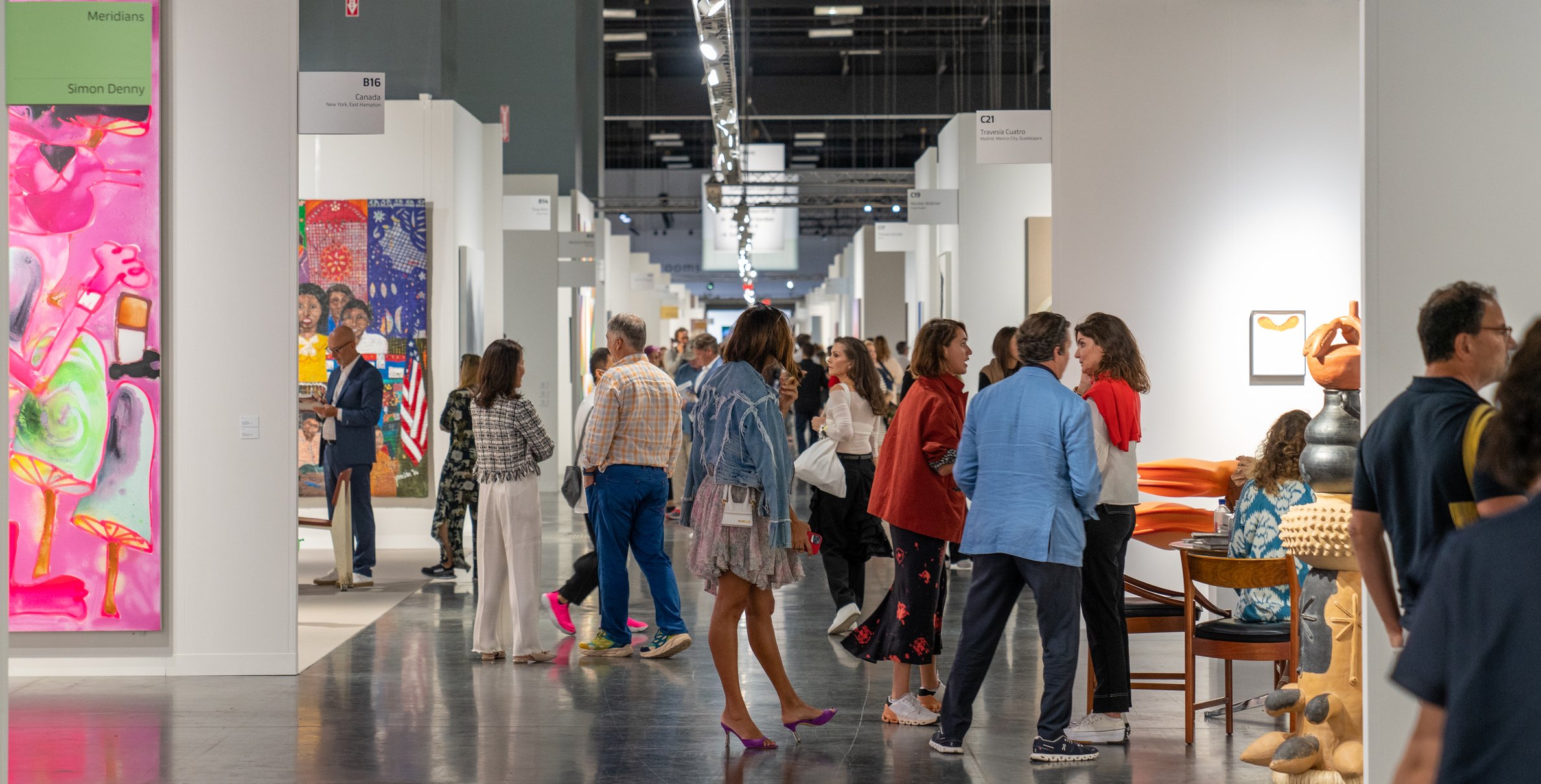Introduction to Art Investing
I’ve received amazing interest in friends wanting to learn more about art investing. It’s an exciting diversification aspect, but do remember that the art market is not purely financial capital: this is a market driven by emotions, passion, and social capital as well. Although there are multiple ways to invest in art, it is important to be aware of the benefits and risks of investing in art.
Advantages and Disadvantages of Art Investing
Advantages of investing in art:
Emotional connection
Tangible asset (unlike stocks or bonds)
Diversification opportunity from stocks, bonds, real estate, etc.
Enormous returns have been realized on individual sales
Tax deduction on artworks (donation tax benefits; up to 100% tax deduction on artworks purchase for businesses)
May hedge against rising inflation
Added social capital
Disadvantages of investing in art:
Unregulated, opaque industry controlled by a few key players at the top
Highly subjective valuations that may decline in value
Suboptimal risk-return profile; higher risk profile with high volatility in returns (i.e. for the same average returns can invest in a lower risk, “safer” and more regulated investing opportunity such as an index, bonds)
Subject to various risks: fraud, poor or deteriorating conditions, authenticity claims, other legal risks
Selling the painting may be subject to high transaction costs and an illiquid market
Research / expertise on artist, art market, artwork value is still required
Investing in art funds removes your emotional / social benefit of owning the artwork
Methods of Investing in Art
Private Sales




Purchase directly from artist
+ lowest price due to avoiding intermediary service fees
+ strongest personal connection to artist
– generally artists that are not represented are younger in earlier careers – high risk due to uncertainty if they will “make it” or not
If purchasing online (Artsy): + can purchase globally; – cannot see art in person, risk of fraud, etc.
Purchase from small dealer / art gallery
+ slightly increased validation due to access to art investment “advice”
+ small galleries generally represent upcoming artists before mega galleries “poach” the “hot successful” artists (think investment banks and PE / buy side)
+ can find great paintings at local art fairs
– but risk not always diminished due to uncertainty of artists’ success
– lack of validation (authenticity, provenance, etc.)
– prices are likely to still be opaque and dealer takes profit during sale
Purchase from mega gallery / dealer
+ increased validation of art (due to seller reputation risk)
+ many galleries offer online purchasing options / online stores
+ social capital gained from purchasing from well-known name or mega art fairs (Art Basel, Frieze)
– dealer often has opaque distribution strategies / waiting list to control exclusive supply and create demand (think Birkin bags); may require social capital, connections, established collector reputation, etc.
– increasingly opaque pricing (also method of controlling artist value, demand, image)
Public Sales
Purchase from auction houses
+ increased validation due to in-house due diligence expertise (authenticity, provenance, condition reports, quality)
+ generally these pieces have accrued provenance value after ownership in quality collections, shown in museums and institutes, etc.
+ public exposure of you as an art collector
+ access to works (bypassing dealer wait list)
+ can purchase online or via telephone
+ may buy works at a bargain but
– may overpay due to irrational bidding frenzy
– overinflated prices due to auction house marketing strategies (great for sellers, not for buyers)
– you pay a 14-25% buyer’s commission, delivery, insurance ,etc. on top of your hammer price
Invest in art fund
+ diversification of investment portfolio into another asset class
+ decreased correlation to financial markets (but not independent)
+ art funds have performed well with no upside limits
– no protection from downside risk if “investment” does not realize its “expected return”
– cannot own the art work or resell it (shared ownership), or enjoy the aesthetic / emotional element
– long-term investment (at least 3+ years for the acceptable holding period of artworks (“flipping” has an extremely negative connotation in the art world, artworks must be kept for years to realize value), can be up to decades long)
– no secondary trading markets of ownership (although Masterworks.io is creating a trading platform to be released soon)
– fees taken by art fund (i.e. Masterworks takes 20% of ownership of the share offering, 1.5% annual fee, 10% true-up on the artwork)
Participate in digital art marketplaces
New players in the market where one can find cryptocurrency-backed platforms or blockchain-based platforms:
Crypto art platforms: supperare.co, rareart.io
Blockchain-based platforms: snark.art, blockchain.art
Buy from auction houses
Buy from art funds (Masterworks.io)
For all of these of course, there is the risk that the artworks will not appreciate in value, low liquidity if you wanted to resell the piece, etc. This is looking at the buyer’s perspective and will differ if you want to sell the piece.
Friends have reached out asking me to suggest accessible art opportunities for us young ones, coming soon! Meanwhile check out my other posts about the contemporary art ecosystems and art auction houses.
Disclosure: This is my opinion and for informational purposes only. I am in no means encouraging art investing without sufficient knowledge in the artworks, artist, art markets, etc. My sources include:
The Lyons Gallery
Masterworks.io Form 1-A Regulation A Offering Circular (July 12, 2019)
Sotheby’s Institute of Art class notes